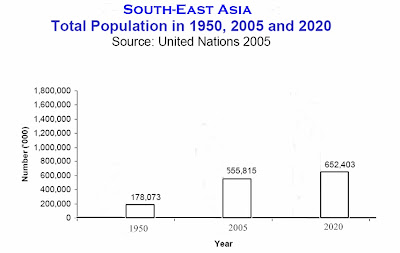Urbanization:Concepts and Definitions
Urbanization refers to a process in which an increasing proportion of an entire population lives in cities and the suburbs of cities. Urbanization is closely linked to modernization, industrialization, and the sociological process of rationalization. Urbanization can describe a specific condition at a set time, i.e. the proportion of total population or area in cities or towns, or the term can describe the increase of this proportion over time. So the term urbanization can represent the level of urban relative to overall population, or it can represent the rate at which the urban proportion is increasing. Definition of Urbanization Urbanization, simply defined, is the shift from a rural to an urban society, and involves an increase in the number of people in urban areas during a particular year. Urbanization is the outcome of social, economic and political developments that lead to urban concentration and growth of large cities, changes in land use and transformation from rural ...




